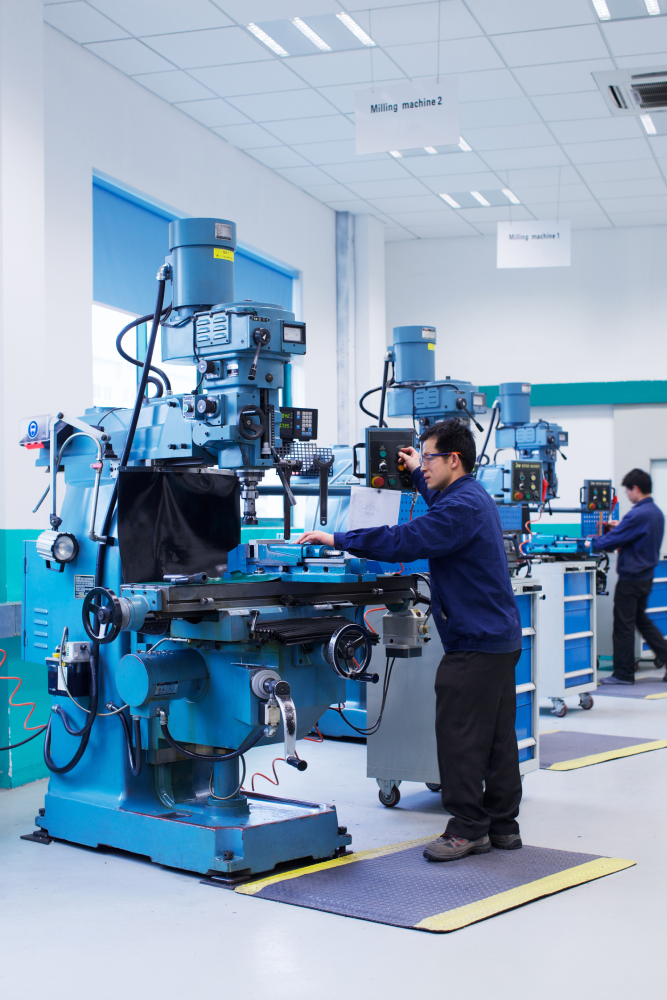Industries
Analytics in manufacturing refers to the use of data analytics techniques and tools to gain insights, optimize processes, and make data-driven decisions within the manufacturing industry.


Manufacturers benefit from cost reduction and enhanced delivery performance through data-driven decisions.
Data analysis of customer demand, lead times, and transportation costs drives supply chain optimization.
Analytics offers supply chain insights, covering demand forecasting, inventory, and logistics.
Manufacturers benefit from reduced operational costs through data-driven energy management.
Identification of energy-intensive processes and inefficiencies informs energy-saving measures.
Analytics aids in tracking and analyzing energy usage in manufacturing plants.
Data helps identify common defects, root causes, and patterns, enabling proactive quality improvements and reducing scrap, rework, and warranty costs.
Applying statistical methods and control charts to monitor process variations helps identify out-of-control conditions, and take corrective actions to maintain quality standards.
Analytics can measure and optimize OEE, which includes availability, performance, and quality metrics, to identify bottlenecks, improve equipment efficiency, and reduce downtime.
Analyzing production data helps identify factors affecting yield rates, such as process variations, equipment performance, or material quality, and optimizing production processes to maximize yield.
Analytics can be used to monitor and analyze data from production lines and quality control processes to detect defects, identify root causes, and implement corrective actions. This helps improve product quality and minimize waste.
OEE is a key performance metric in manufacturing that measures the effectiveness of equipment utilization. Analytics can be used to collect and analyze data related to availability, performance, and quality to calculate OEE and identify areas for improvement.
Analytics techniques, such as statistical process control and data mining, can be used to analyze data from manufacturing processes and identify opportunities for improvement. By optimizing processes, manufacturers can increase throughput, reduce cycle times, and improve overall efficiency.
Analytics can be utilized throughout the product lifecycle to track product performance, customer feedback, and market trends. This information can be used to identify opportunities for product enhancements, new product development, and better understanding customer preferences.
HR analytics services can be employed to analyze safety data, incident reports, and employee behavior to proactively identify and mitigate workplace safety risks. By analyzing historical data, near-miss incidents, and safety performance indicators, manufacturing companies can develop targeted safety programs, improve compliance, and reduce workplace accidents.
AI can enhance customer engagement through chatbots, personalized recommendations, sentiment analysis, and predictive analytics. These tools provide a more personalized and efficient experience for your customers.
AI is not limited to large enterprises. Small and medium-sized businesses can also benefit from AI solutions, as many AI technologies can be scaled to fit the needs and budgets of smaller organizations.
The implementation timeline for AI solutions varies depending on the complexity of the project. Simple solutions can be deployed relatively quickly, while more complex projects may take several months. We work closely with you to define project timelines and milestones.
Data security and privacy are top priorities for us. We follow best practices in data protection and compliance with relevant regulations. Our AI solutions are designed to protect your data and ensure its confidentiality.
We offer ongoing support and maintenance to ensure that your AI solutions perform optimally. This includes regular updates, troubleshooting, and training for your team if necessary.






Discover our AI solutions in action by scheduling a tailored demo session. See firsthand how our technology can transform your business.
Adding {{itemName}} to cart
Added {{itemName}} to cart